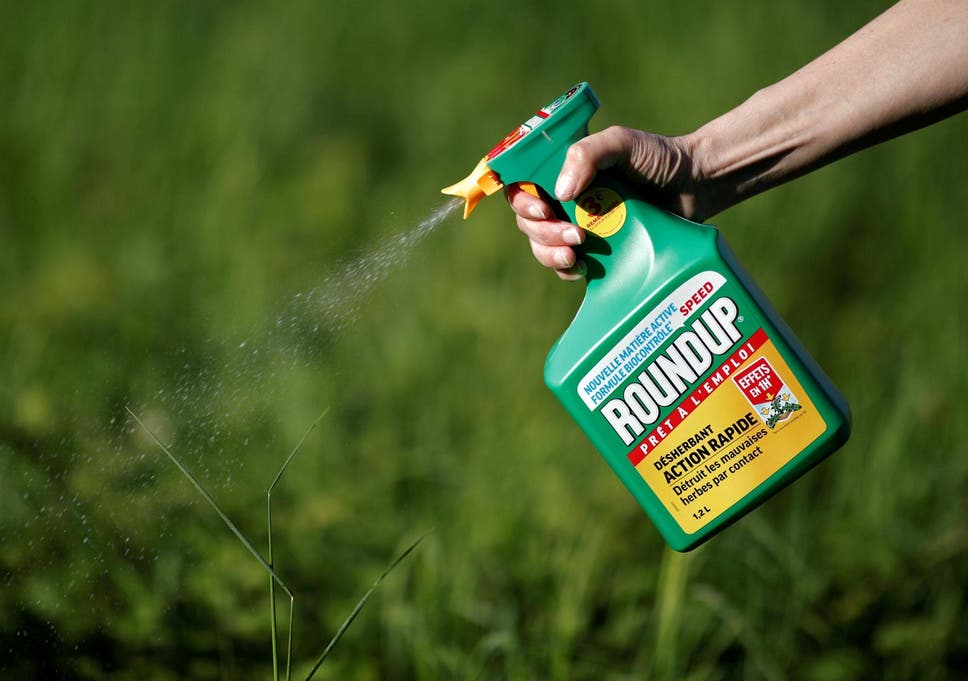Santa’s Joy or the Grinch having a laugh?
OK, you’ve bought a real Christmas tree off the back of a truck from a cowboy gardener, a roadside seller or a street market and you think you may have grabbed a fantastic deal. Things are not however always as they seem.
Finding a reputable seller with a good reputation in the business is vital. Make sure that you ask the seller to give you a firm assurance that the tree will last until Christmas. If the tree dies prematurely then you can try telling the seller that it was clearly not “fit for purpose” or “of satisfactory quality”, as is required under the Consumer Rights Act 2015. This may ensure that you get a refund.
Is it likely that you'll be given a refund or another tree from the 'Now you see me, now you don't' seller if it dies early?
Rip off merchants are legion and the Xmas tree game attracts them like a magnet. Do be aware that some dishonest sellers often try to say “It’s just a weather-related problem” and thus claim they have no liability (i.e. "It's not my problem mate") to refund you if the tree dies too soon. This classic cop-out has happened before, leaving trusting buyers well out of pocket. The frustrating end result may be no tree in the house on the 25th, after days of cleaning up dropped needles before Christmas even arrives. Ultimately, you may have been well and truly ripped off!
Potentially cancer-causing weedkiller now officially associated with real Christmas tree growing
Of course, many families feel that Christmas just wouldn't be the same without a spruce, fir, etc. The happy sight of the kids playing under the real tree, whilst searching for their Yuletide presents is one familiar to all. However, the reality is somewhat less idealistic.
The vast majority of the trees we buy are intensively cultivated on a massive industrial scale, sometimes in faraway countries. There is a negative knock-on effect too regarding the environmental damage created by such one-shot industries.
Whilst being cultivated Christmas trees, that look so pretty in your home, are habitually sprayed with powerful fertilisers and herbicides, such as Monsanto's Roundup (glyphosate). Christmas cheer, related to toxic chemicals, does not, therefore, reflect well on local biodiversity or human health.

Monsanto suffered a major blow recently with a jury ruling that the company was liable for a terminally ill man’s cancer, awarding him $289m in damages.
https://www.theguardian.com/business/2018/aug/10/monsanto-trial-cancer-dewayne-johnson-ruling
Monsanto is reported to be facing more than 4,000 similar cases across the US.
UK supermarkets are also reported to be reviewing the hazard of selling such harmful products on their shelves.
It was reported (19 August 2016) that ‘Christmas tree growers could continue to use Roundup ProActive for over the top spraying, that coming winter, despite recent restrictions to the use of glyphosate.
https://www.hortweek.com/roundup-backs-proactive-christmas-trees-post-tallowamine/plant-health/article/1406285
Bees and weedkiller used in Xmas tree production
Weedkillers like this are toxic in many ways to the ecosystem. Once it's in the natural food chain lethal ramifications may occur anywhere.
Exposure to glyphosate can affect all bee species bees, butterflies and other valuable pollinating insects in numerous ways. Glyphosate kills weeds (beautiful wildflowers that is) which are a vital basis of nectar and pollen for pollinators. Unlike crops that are grown as monocultures, weeds provide variety in the diet of bees. For this reason, farmers have long been advised to preserve areas of natural vegetation on the edges of crops. Many responsible farmers do this anyway and do care deeply for the native, wild, environment. Nevertheless, some reckless farmers are the worst offenders when it comes to eco-destruction, which simply gives the rest an undeservedly bad name.
Furthermore, glyphosate upsets bee behaviour. Investigators using field-realistic doses, comparable to those that bees might meet in the environment, have found disconcerting effects on navigation, with treated bees being less efficacious at returning to the hive.
Bees exposed to levels of glyphosate frequently found in the environment had diminished amounts of microbiota in their gut, which leaves them prone to early death.
Millions of toxically-sprayed Xmas trees draining into the environment - but who cares?
Of course, you may think that all of the above has no bearing on your choice of real or synthetic tree this Christmas. You may also think that it's someone else's problem and not yours - yes?
Well, sorry to burst the apathetic bubble but it is everyone's problem...
Just 5% of systemic pesticides get on the crop in question. The remaining 95% ends up in the topsoil, the groundwater, in plants, including wildflowers and hedges. The toxic chemicals are thus inadvertently injected into the ecosystem, on every level. One way or another it finally works its way back, via the food chain, into us.
The poison we pump into the earth does make its way back onto your dinner plate, in due course!
It's not just an Xmas tree issue. Carrots, almonds, quinoa, soy products, vegetable oil, corn and corn oil, canola seeds, beets, beet sugar, sweet potatoes; these are simply a few of the everyday foodstuffs that contain high levels of glyphosate. Research studies issued by the non-profit Environmental Working Group (EWG) discovered that Quaker Old Fashioned Oats, Cheerios and no less than 29 other beloved breakfast foods contained what the EWG deems to be unsafe quantities of the toxic herbicide.
Man’s ongoing ignorance/greed and wholesale rape of the planet’s fragile resources ultimately puts us all at risk in various ways.
Good old Santa’s traditional Christmas cheer of the real (herbicide-sprayed) Xmas tree may now have taken a Grinch-like nosedive.
Pat Regan ©




No comments:
Post a Comment